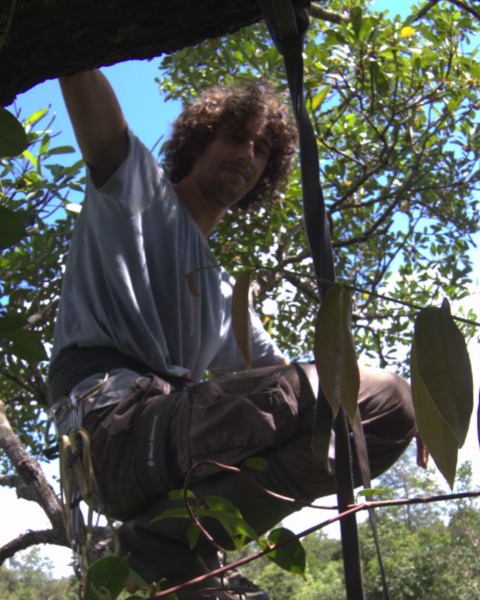Student 10-Minute Presentation
Plant-Insect Ecosystems
Student
Student Competition
Resource blindness in plant-pollinator networks: Case study from a Bornean rainforest canopy

Andrew H. Aldercotte, MSc
PhD Candidate
Rutgers University
Milltown, New Jersey- RW
Retno Widowati, Ph.D.
Professor
Universitas Nasional
Jakarta, Jakarta Raya, Indonesia
Presenting Author(s)
Co-Author(s)
Bipartite network analysis has become a core tool in the study of interactions between flowering plants and floral visitors, and the structure of interaction networks is thought to have important implications for the resilience of plant and pollinator communities. However, published networks are typically 'resource blind', in the sense that they do not differentiate between visits for different resources. In reality, flower-visiting taxa often utilize multiple floral resources, and frequently collect different resources from flowers of different species. Visitation rates may therefore inadequately describe dependencies within the network, and the analysis of visitation networks may lead to uninformative estimates of network metrics at multiple levels, from individual nodes to whole communities.
The problem may be particularly acute in tropical rainforest ecosystems, where pollen and nectar foragers are taxonomically diverse. Here, we use a partial plant-pollinator network from the canopy of a Bornean peat swamp forest to demonstrate how incorporating resource use affects network topology. The observed network includes 15 co-occurring woody species of the genus Syzygium and 292 visiting morphospecies, assigned to 32 morphogroups. Nectar foraging was more specialized, anti-nested, and modular than visitation and pollen foraging. Highly specialized pollen foragers were often amongst the least specialized nectar foragers, and vice versa. These findings highlight the potential for resource-blind networks to result in misleading estimates of network metrics, and thus poor downstream inferences about specialization and robustness. Additionally, the anti-nested structure of both resource networks suggests resource partitioning amongst Syzygium visitors, despite the visual and structural homogeneity of Syzygium flowers.

.png)

